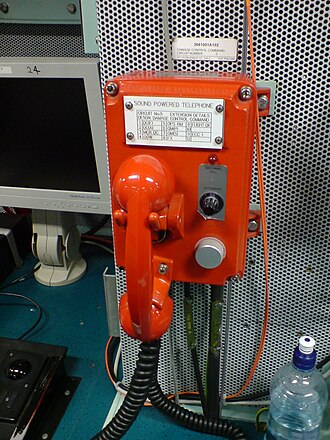1) High Guard 2022 Update page 8 states:
Before you start building your ship, decide on the Tech Level of the shipyard that will construct it. This is the maximum Tech Level available for any given component you add and also serves as the overall Tech Level of the ship itself.
Situation: The Travellers commissioned a ship to be built at a shipyard on Lunion (TL13).
2) Prior to construction, the Travellers decided that want to reduce the size of the J-Drive to make more space. The Travellers successfully convince the shipyard to install the a new advanced smaller size J-Drive.
High Guard 2022 Update page 70-71 states:
Prototype/Advanced Table: Advanced result is TL+1, size -10%, cost +10%.
With the addition of the smaller J-Drive, the Travellers' ship is now TL14.
3) Months later, the Travellers want to refit their current Computer/25 (TL13), which is max'ed out, with a Computer/35 (TL15). They find a TL15 shipyard to do it.
Now what is the TL of the ship?
a) Fixed: TL14 as it came out of the shipyard; or
b) Fluid: TL15 after refitting the new Computer/35?

